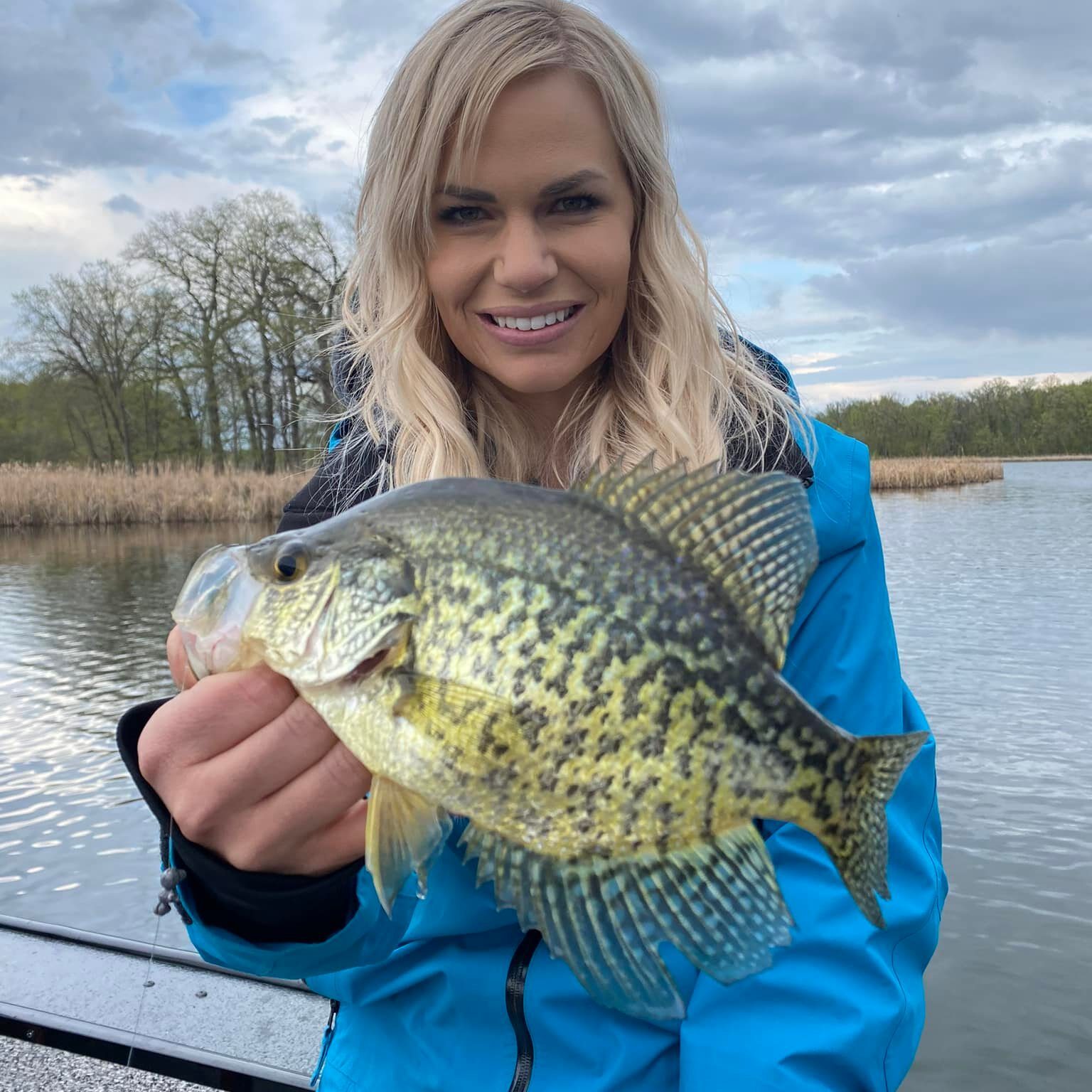
Early spring is the perfect time to target crappie. The water’s warming up, the fish are shallow, congregated, and hungry. Not to mention, in some states (like my home in Minnesota), game fish seasons have shut down. It’s a perfect time to pick up that crappie gear and focus all of your efforts on targeting one of my favorite spring fish – crappie.
I’ve been at this long enough to know what works when the season’s just kicking off, and it’s not about fancy tricks or overpriced gear. It’s about reading the water, timing it right, and using techniques I trust. Below I go through my 5 best tips that will help you catch more crappie this spring.
Understanding the Spring Crappie Misconceptions:
Before we begin, it’s important to understand crappie behavior in the spring. One of the biggest misunderstandings is when crappie spawn. They spawn significantly later than pike and walleye. In fact, crappie don’t actually spawn until water temperatures are in the upper and 60’s or so. For many people, particularly in my neck of the woods, that means mid to late May at the earliest. However, what’s misleading is that they go shallower much sooner – often times right as the ice is coming out. They will start to congregate in shallow bays and shorelines in search of warm water and food. This is what makes them so fun to target this time of year.
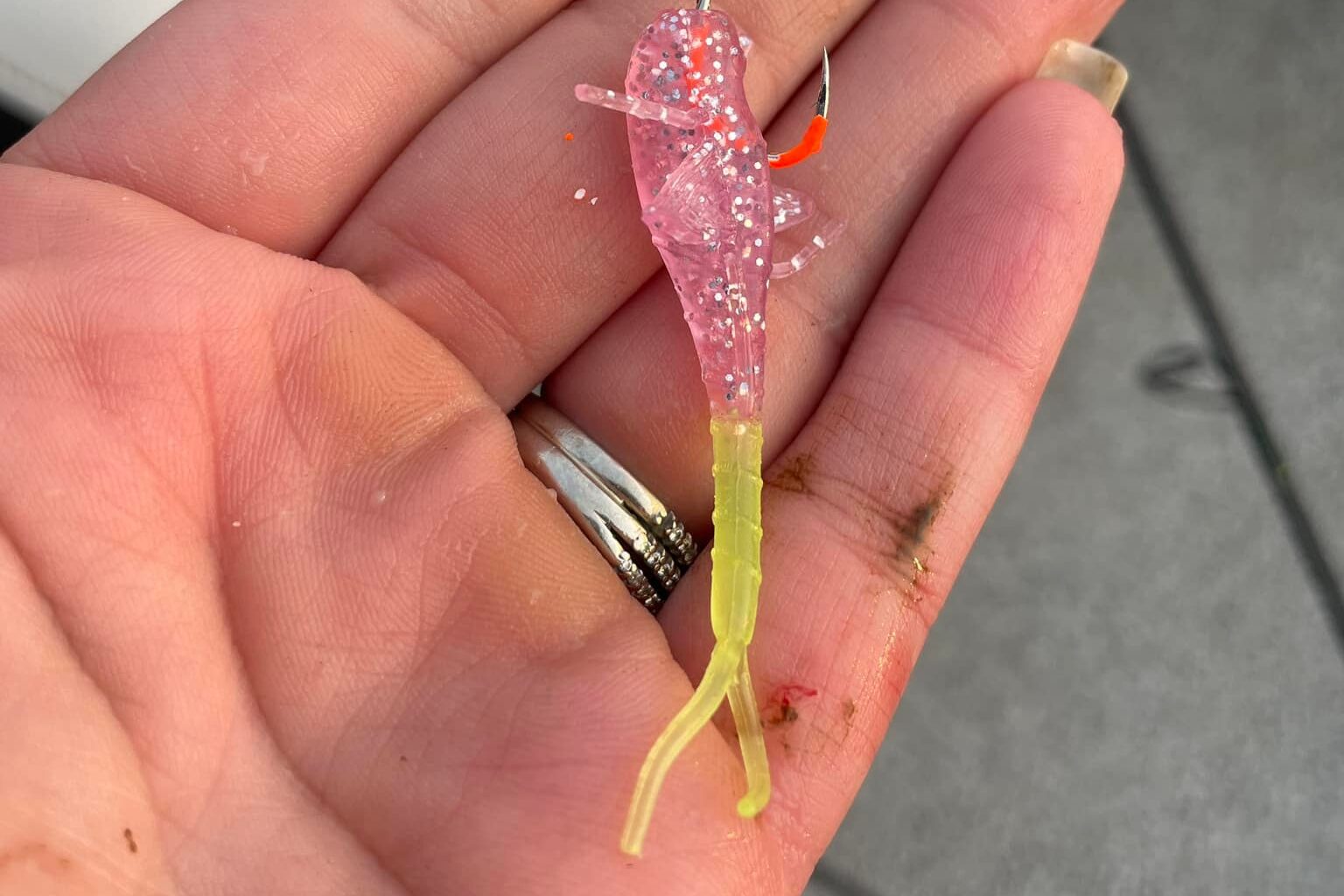
My Spring Crappie Gear:
I don’t mess around with a ton of tech or complicated setups for crappie. My go-to kit is simple but effective: the St. Croix Panfish Light and Ultra Light Rods, paired with the Piscifun Carbon XT 500 reel (nabbed with a “Nicole18” discount code from their site), and baits like the Crappie Mo Glo Jigs and live bait or a simple hook with a Bobby Garland Mayfly. Plus, my favorite Thill Bobbers (code nicole15) for when the cover gets thick. That’s it.
1. Seek Out Warm Water For Spring Crappie
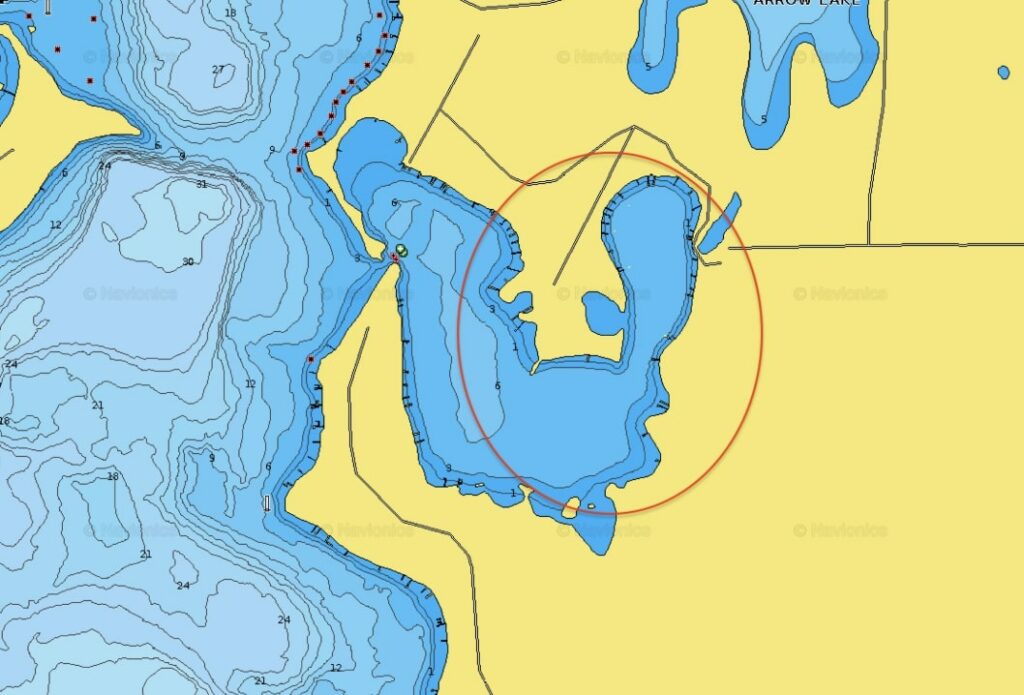
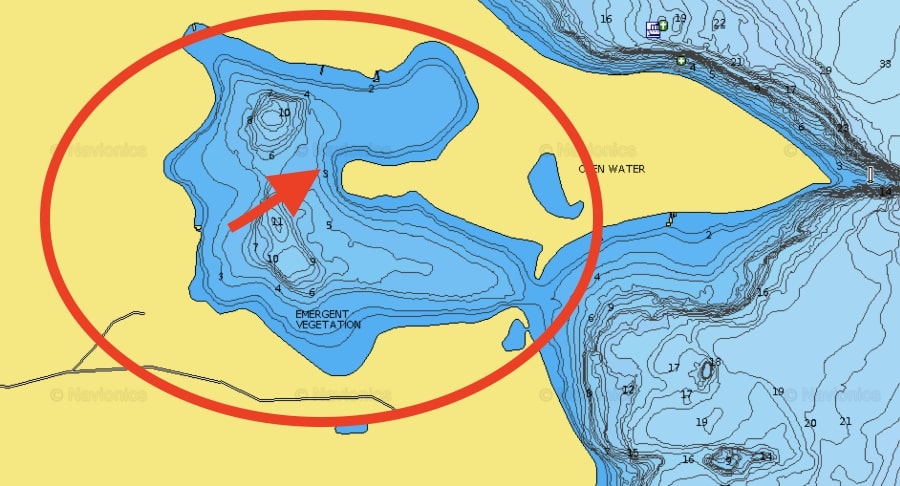
Crappie in early spring are drawn to warm water—it’s what gets them moving after winter. I focus on finding shallow bays or coves on the north side of the lake where the sun hits longest. Creek inflows are another spot I check; that runoff can nudge the temp up just enough to matter. You might have to do a little searching when you are back there, but if you can find one crappie can typically find a ton. It can be some pretty crazy spring fishing.
When searching, I’ve got my St. Croix Panfish Light Rod rigged with a Crappie Mo Go Jig —the rod’s sensitive enough to feel any bite as I work the shoreline.
2. Prepare to Fish SHALLOW
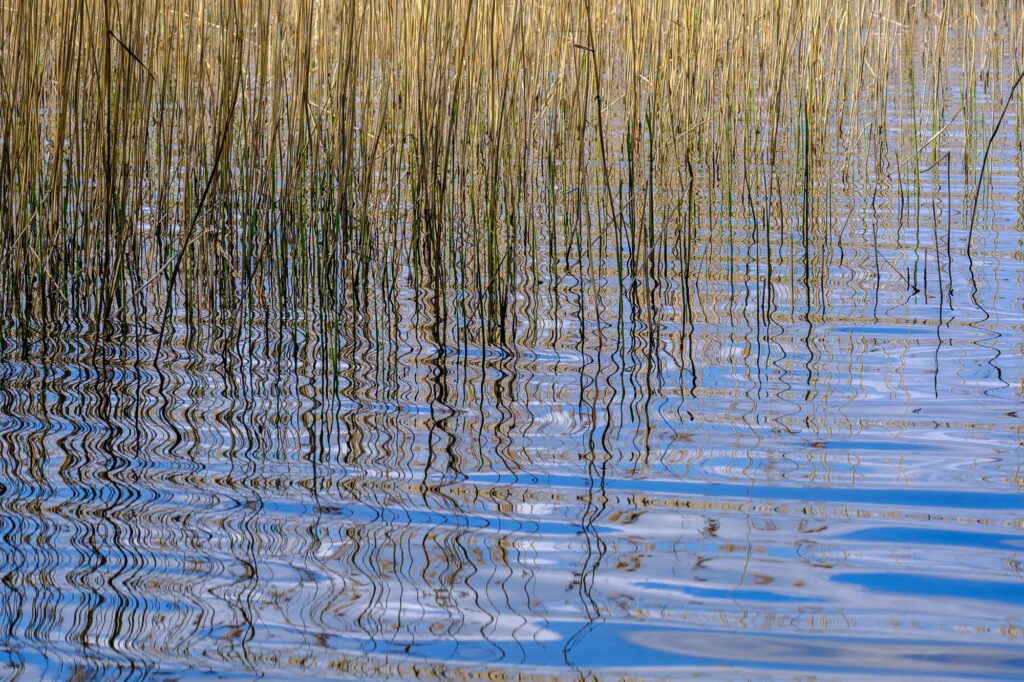
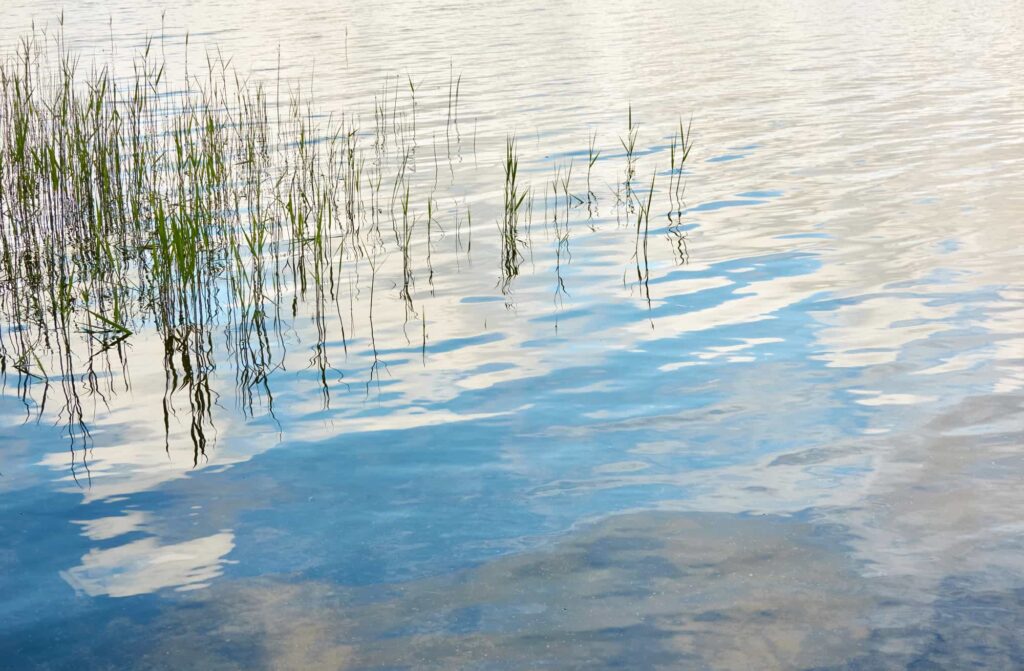
Why do bays warm up quick? This is because they are shallow. On round lakes that lack bays or inlets, check the shallow shorelines, as they will warm up quick. Especially focus on areas of cover, where you can see the pencil weeds. Fish can be in less than 5 feet.
I’m casting to anything that looks promising—cover’s key this time of year.
Often times I’ll use my Piscifun Carbon XT 500 reel, spooled with 4- to 6-pound test, those tight shots without a hitch. I’ll throw a Crappie Mo Glo Jig next to a fallen tree or early weeds—I do a slow retrieve without hitting a snag. Bank or boat, I highly recommend working the shallows hard.
3. Small Jigs (or Even Hooks and Plastics!) are KEY for Spring
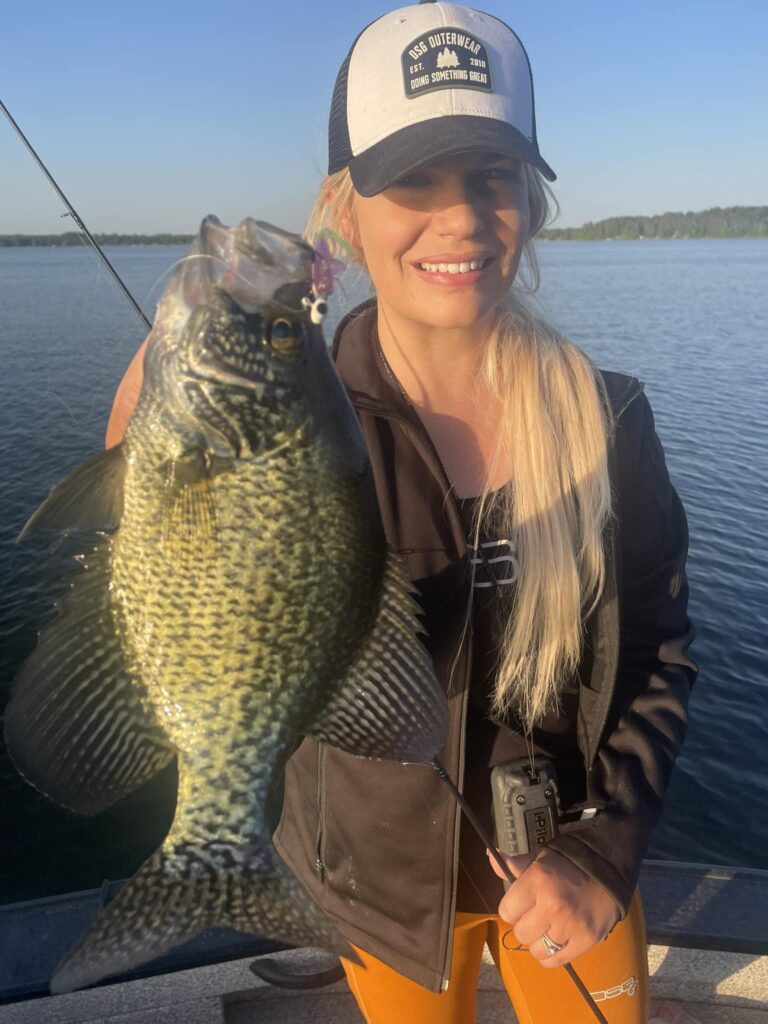
Before water temperatures reach summer warmth, it’s important to downsize and focus on using small jigs, plain hooks and plastics, especially up north after ice out. Going smaller usually correlates with colder water temps as fish metabolism slows and smaller more finesse baits often are the most productive.
This is when I often use my smallest Mo Glo jigs with live bait or even a plain hook and Bobby Garland Mayfly. The MayFly is a great plastic because it’s incredibly flexible, scented, and durable – also mimicking a popular surface food source as the water warms in May.
4. Slow Down Your Presentation for Spring Crappie
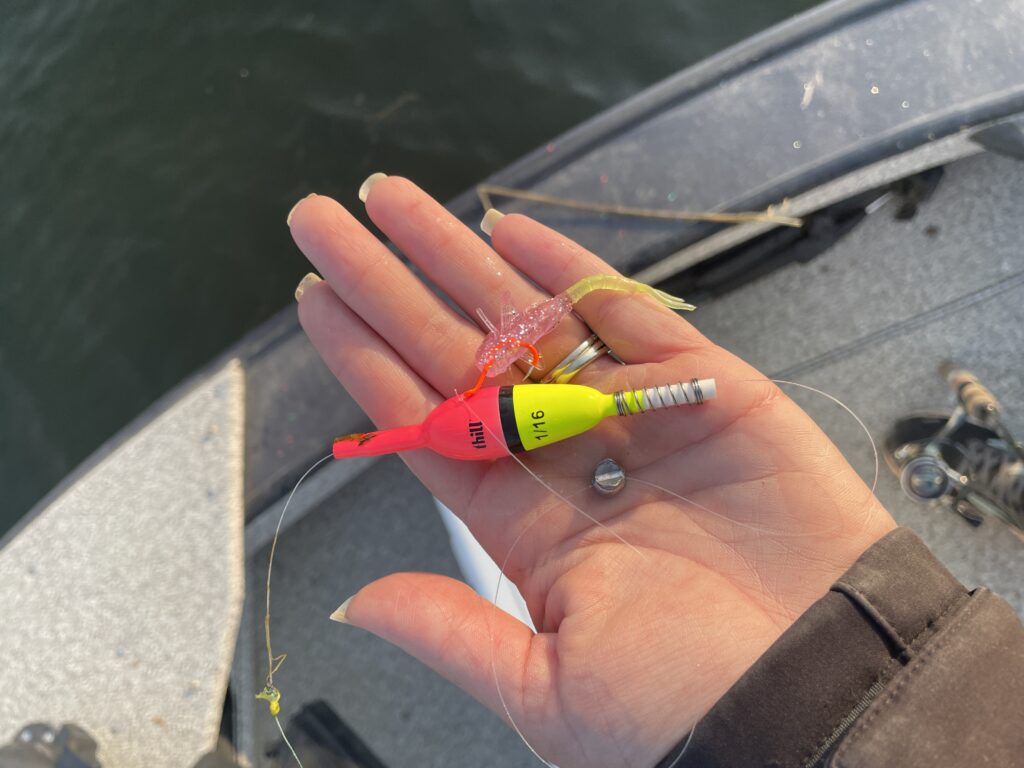
Small and finesse also means slow. Therefore, this time of the spring is also a great time to use bobbers. For depths I’m not fully sure of, I’ll use the 1/16th Crappie Cork from Thill (code nicole15) . It’s a slip bobber with a bobber stop built in, and a great way to make quick adjustments around questionably deeper water. In the extreme shallows, I’ll switch to a pencil bobber. Spring pencil bobbers are perfect for thick weeds and super shallow conditions.
I’ll just put a plain hook and minnow, or plastic beneath it and pitch it directly into the pencil weeds.
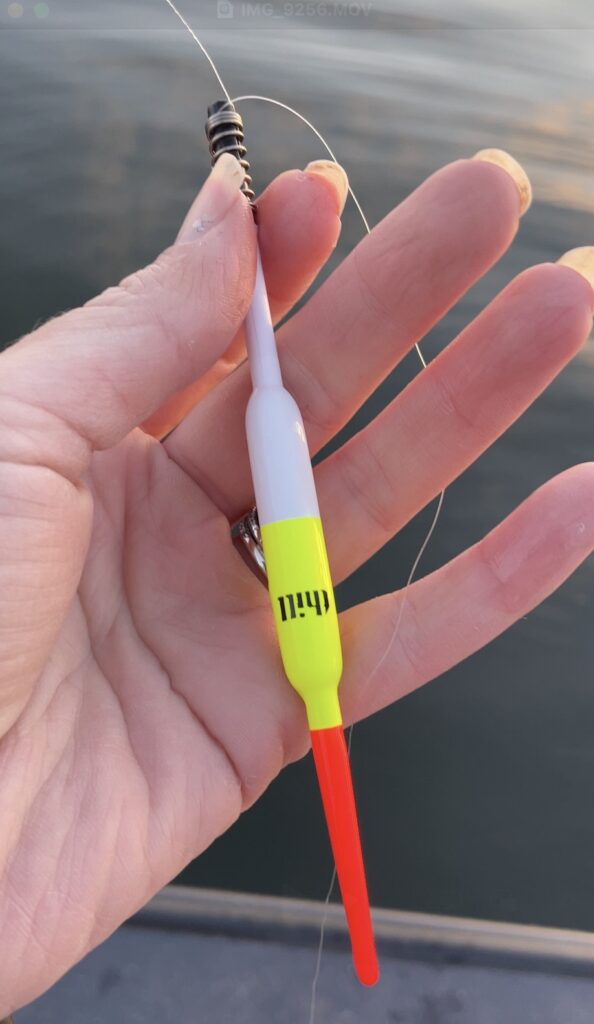
5. Time It Right and Fish Afternoons
Mornings can be slow until the sun warms the water, so I like to hit the lake in the afternoon— peak sun and warmth when possible. As the sun comes out and warms the water, the shallows get a temp boost, and crappie start feeding. I’ll cast at the shoreline, moving quickly to a new spot if I don’t get a hit. My favorite setup for finding these fish is the Mo Glo jig and minnow. Once I pick up a fish, I’ll transition over to a Thill bobber and plastic, to make the most of the action.
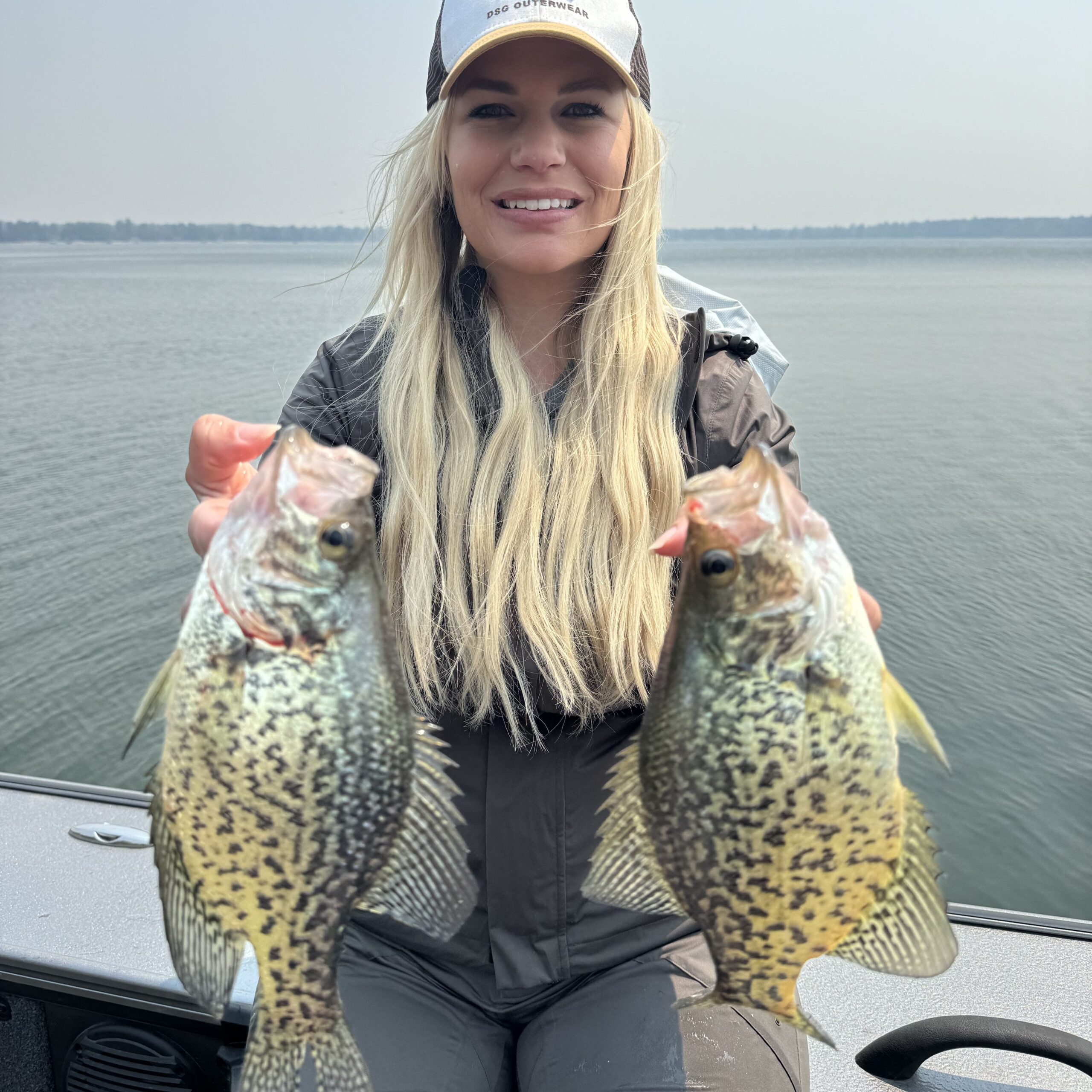
Crappie Gear & Discounts
If you want to try these baits, you can find them at your favorite retailer or check them out at Lurenet.com using code nicole15 or at Outdooramerica.com/nicolestoneoutdoors
Final Thoughts
As the water warms and these fish gather in the shallows, there’s no better time to grab your gear and hit the lake. I’ve found consistent success by focusing on warm water, fishing shallow, downsizing my presentation, slowing things down, and timing my trips for peak afternoon action. Whether you’re a seasoned angler or introducing a kid to the sport, spring crappie offer big numbers and endless fun—making it a season you won’t want to miss.
Be sure to check out more of my spring crappie content here.



